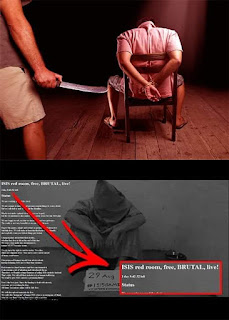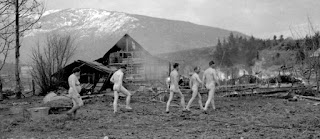Danish-German Landsturmmann Martin Andersen posing for a photograph in a trench
Colourised by @colorsofhistory.
Today 108 years ago, on June 6, 1915, the "Black Day at Moulin" took place - the single bloodiest day for Danish-German soldiers in the First World War.
As a result of the Dano-Prussian War of 1864, some 26,000 ethnically Danish men enlisted or were conscripted into the German Army in the First World War. Thousands of these fought in the German 86th Füsilier Regiment (86FR) of the 18th Infantry Division.
By 1915, the 86FR was positioned by the French village of Moulin-sous-Touvent west of Soissons, located on a tactically important slope, allowing for excellent observation of the region.
In May 1915, the French were fighting the Second Battle of Artois further north. In an attempt to divert German troops from Artois, the French planned an attack at Moulin to capture the high-ground. Throughout May 1915 the French heavily bombarded and detonated mines at the positions of 86FR at Moulin in preparation of the attack.
On June 4, 1915, the French intensified the artillery bombardment which lasted 2 whole days. Due to heavy losses, some units of 86FR were being relieved by units of neighboring regiments on June 6.
But just as fresh units arrived for relief, the French launched a devastating artillery bombardment at 6 AM on June 6, inflicting severe losses in the overcrowded German trenches.
At 11 AM, four Battalions of French Zouave troops attacked using hand-grenades, knives, and bayonets. They inflicted heavy losses on the Danish-German soldiers and broke through the trenches at Moulin in the center of the attack, taking many soldiers prisoner, and threatening to encircle the entire 18th Division.
On the flanks of the attack, the 86FR repulsed the Zouaves and fired back at the advancing columns in the center with machine-guns. Combined with the reinforcement from German reserves, the French advance was halted by the end of the day.
⬇️CONTINUED BELOW⬇️











Comments
Post a Comment